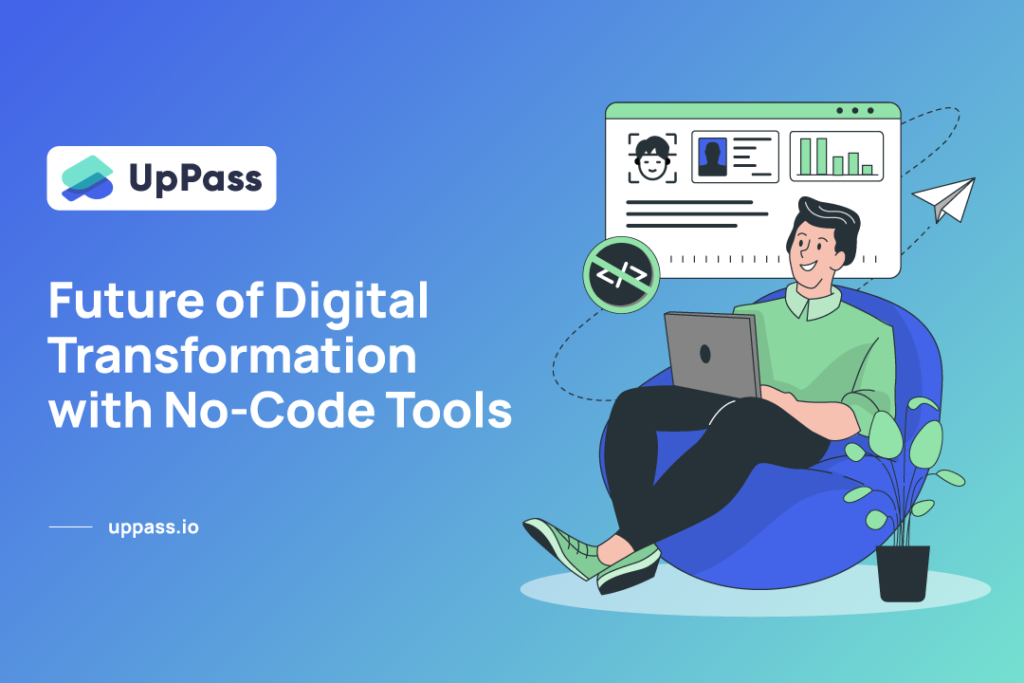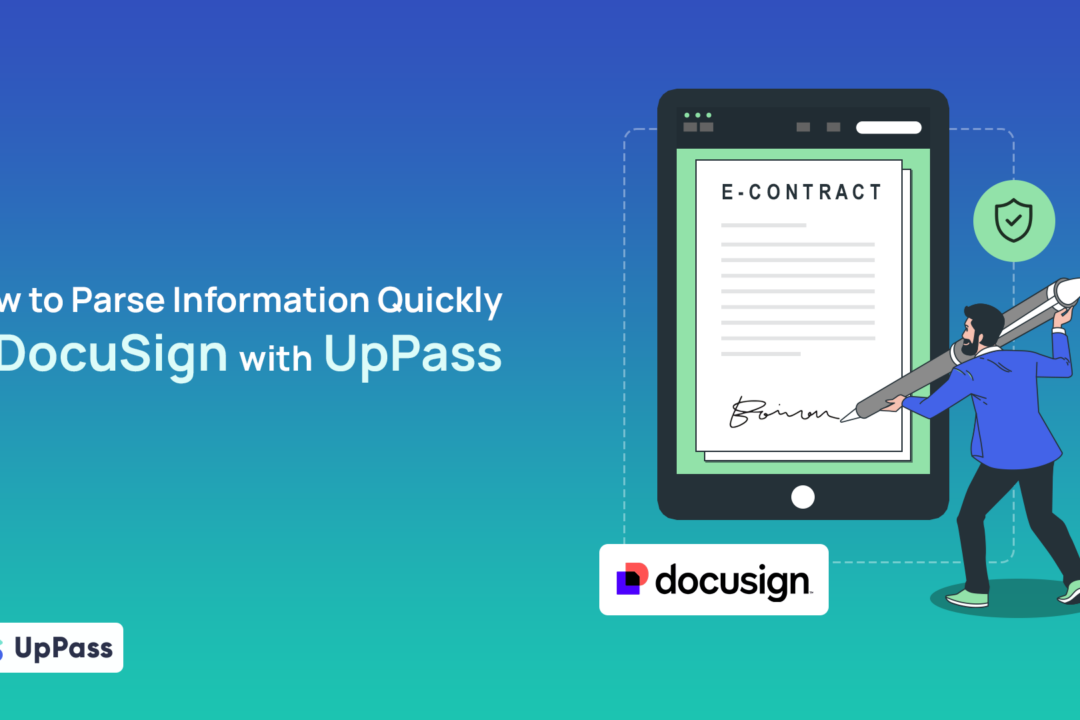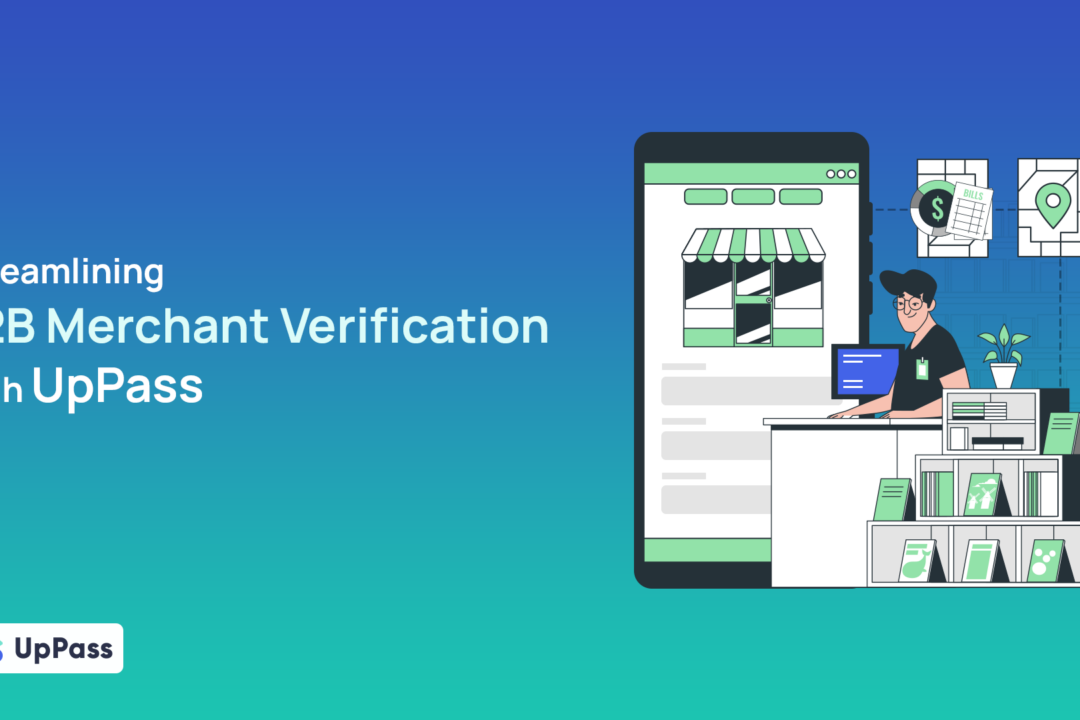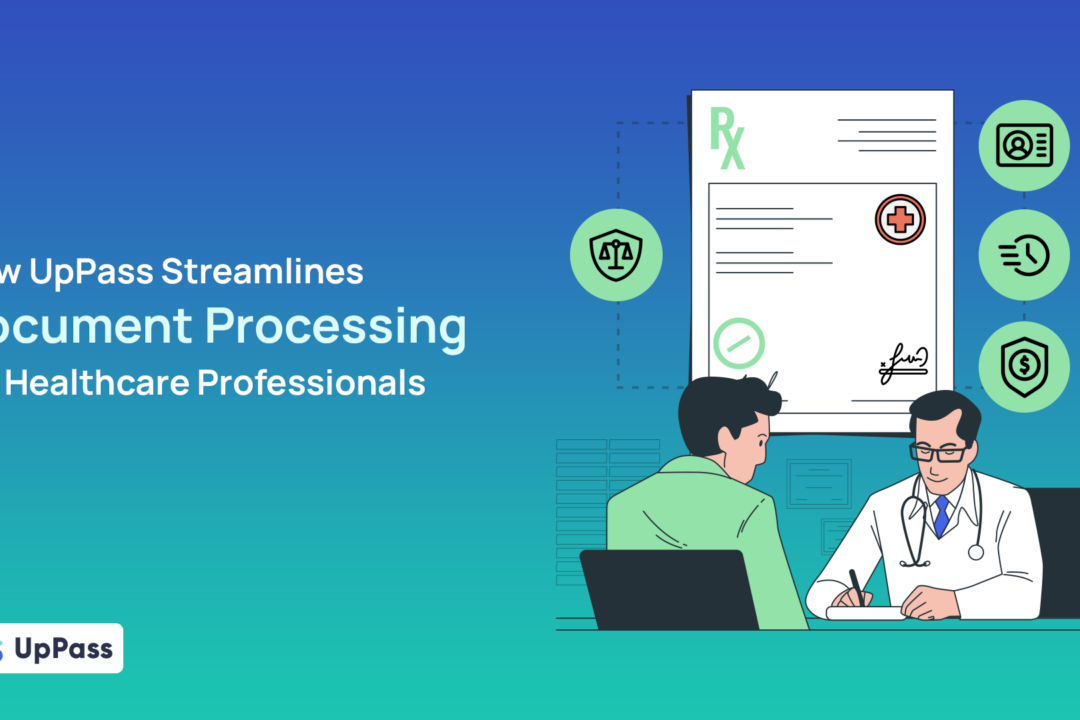
It’s time to change to No-Code Tools in 2023 with UpPass
Digital transformation is the process of using digital technologies to fundamentally change how a business operates and delivers value to its customers. No-Code tools can certainly be a part of this process, as they can make it easier for organizations to build and deploy digital solutions without requiring a lot of specialized technical expertise.
No-Code tools can be a valuable component of a digital transformation strategy for businesses that want to quickly and efficiently build and deploy digital solutions that drive growth and innovation.
Evaluating No-Code tools for digital transformation : A checklist of essential characteristics
Tools are software or hardware solutions that are used to support or automate specific tasks or processes ,whereas tools may require programming skills or technical expertise to use. The main difference between tools and No-Code tools is that No-Code tools are designed to be used by non-technical users, including those who may not have technical backgrounds. This makes No-Code tools more accessible and easier to use for a wider range of employees, including those who may not have any coding experience.
There are several characteristics that can make a tool useful for Digital transformation.
1. Keep it simple
The main reason why employees do not use tools may be that employees feel that some workflows are too complex, which makes their work more difficult or changes. For No-Code tools should be easy to use and intuitive, so that employees can quickly learn how to use it and start using it effectively.
2. Flexibility
The tool should be flexible enough to adapt to different workflows and processes. No-Code tools can be customized and configured to meet the specific needs of an organization, which can make them more flexible and adaptable than off-the-shelf software solutions, so that it can be used by a wide range of teams and departments.
3. Easy deployment
The tool should be able to integrate with other systems and tools that the organization is using, so that it can be used seamlessly within the existing tech stack. In addition, the tool should have good support options, such as online documentation, tutorials, and customer support, so that users can get help when they need it.
4. Scalability
The tool should be able to scale to meet the needs of a growing organization, without becoming too expensive or difficult to manage. No-Code tools are generally less expensive than custom-coded solutions, which can help organizations save money on development and maintenance costs.
5. Security
The tool should have robust security measures in place to protect sensitive data and prevent unauthorized access. It can be observed through safety certification tools such as ISO27001 or PDPA standards.
“No-Code tools can be a useful option for organizations looking to quickly and easily implement digital transformation initiatives.”
It’s time to change No-Code Tools in 2023! The trend of data protection, business and customers from Identity Fraud will increase. For organizations that are taking the initiative to change their customer authentication tools with the help of technology or through No-Code tools.
UpPass is another No-Code tool, an instant online form that stops identity frauds. As you can be used by a wide range of employees, including those who may not have any coding experience and can customize the look and feel to match your brand identity and ensure a seamless experience for your customers. UpPass enables you to do multifactor verifications in a single flow. Slow down the development phase and enter the digital transformation era, quickly and easily.
If you are interested to discuss how we can help or explore the solution, schedule the demo with us or start for free.
Read more articles at https://uppass.io/blog/


